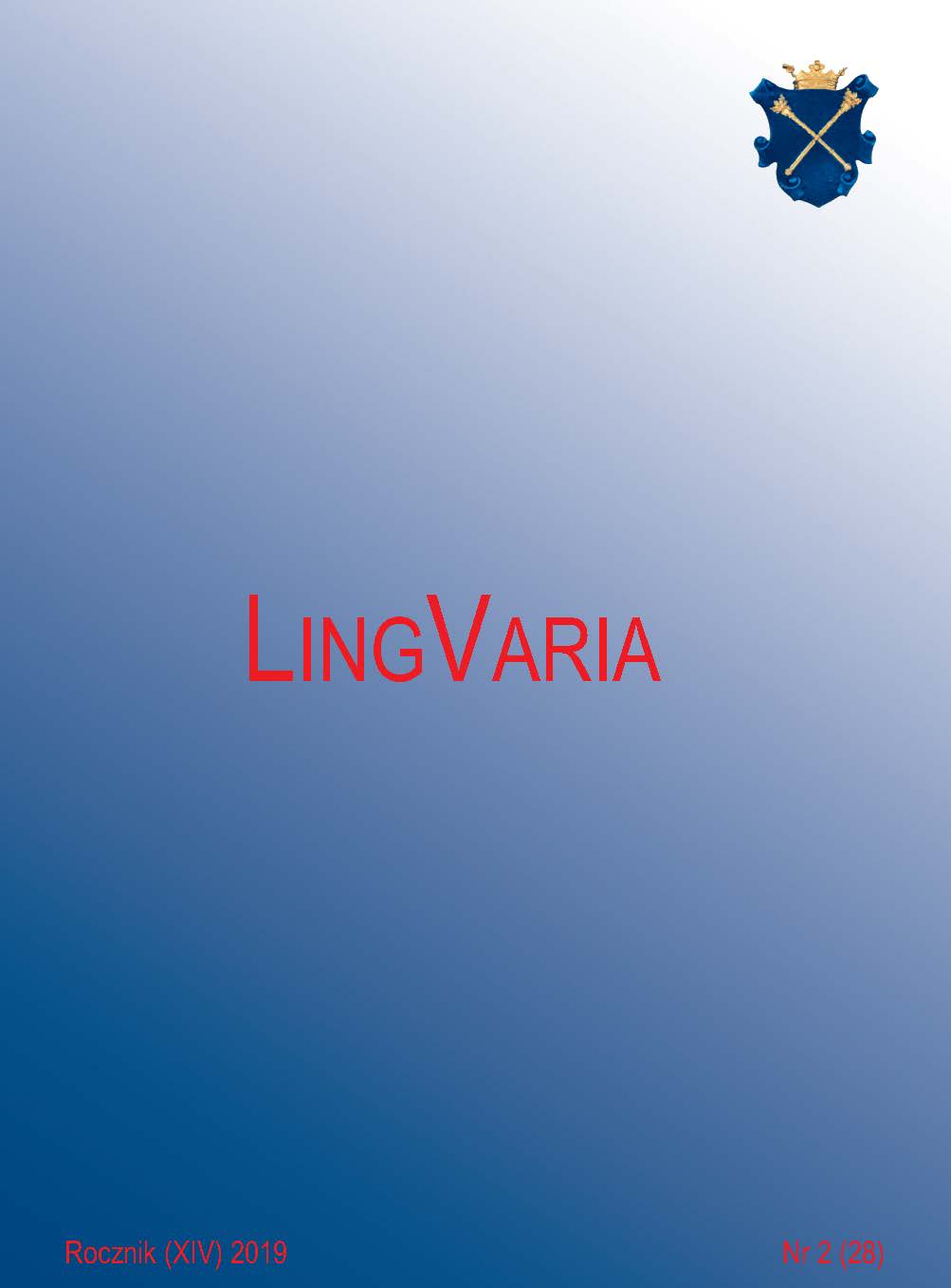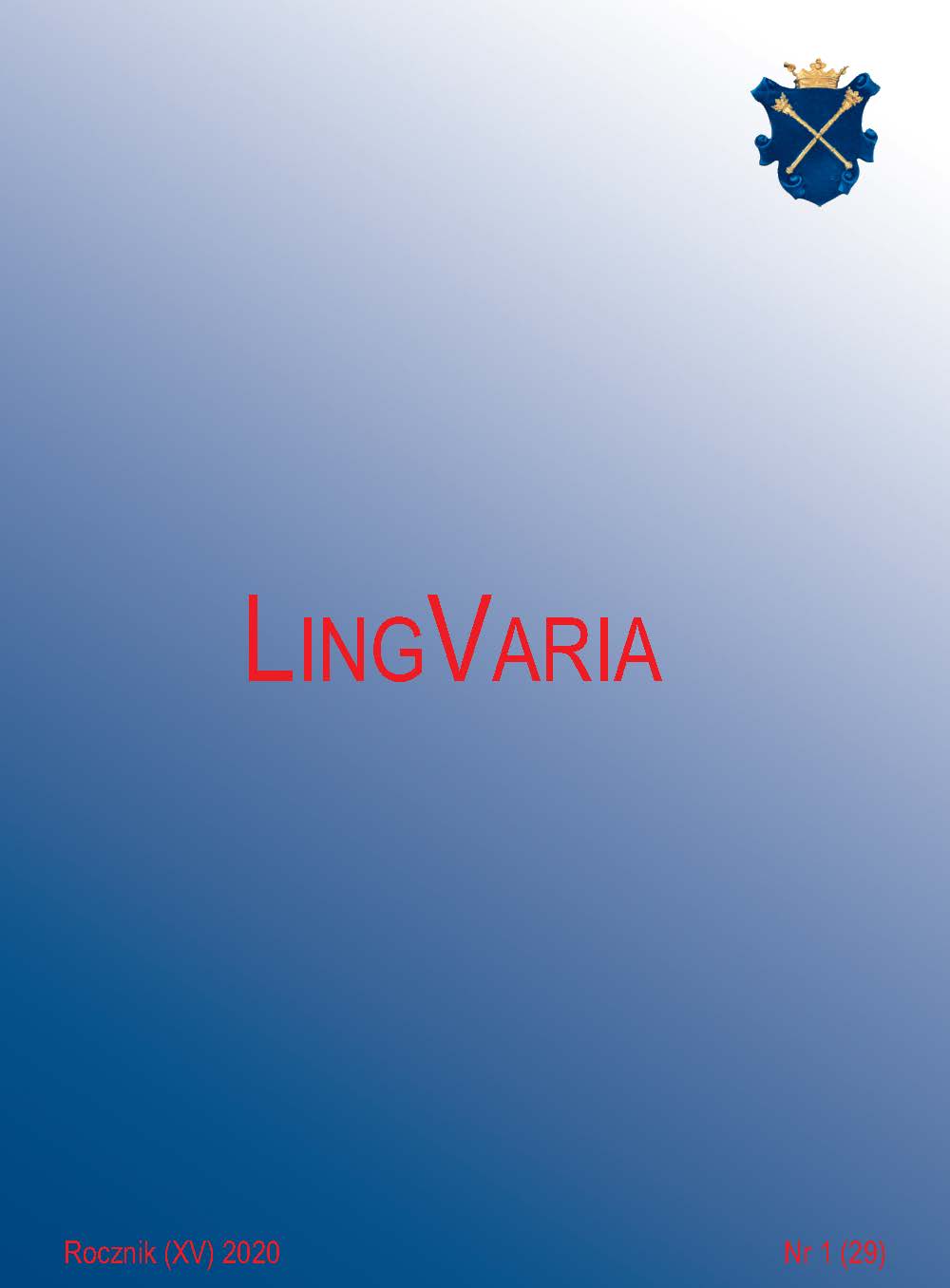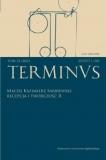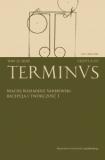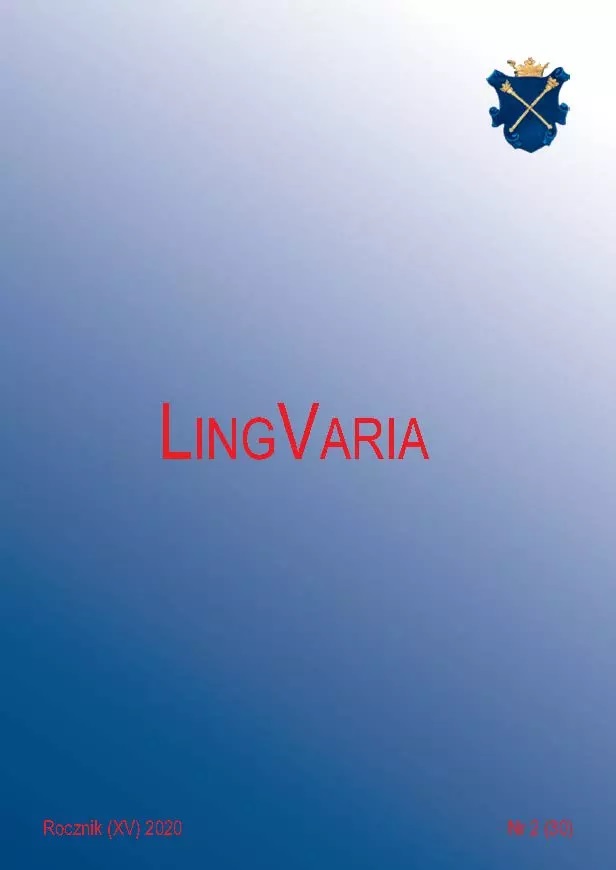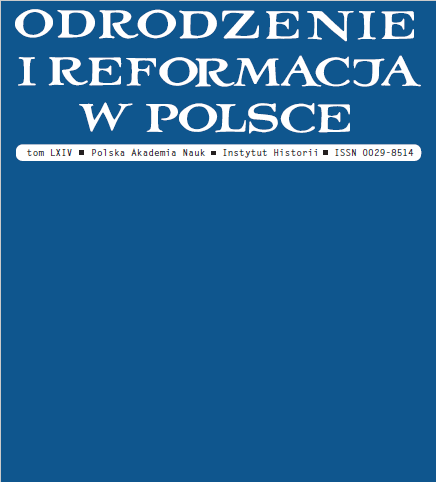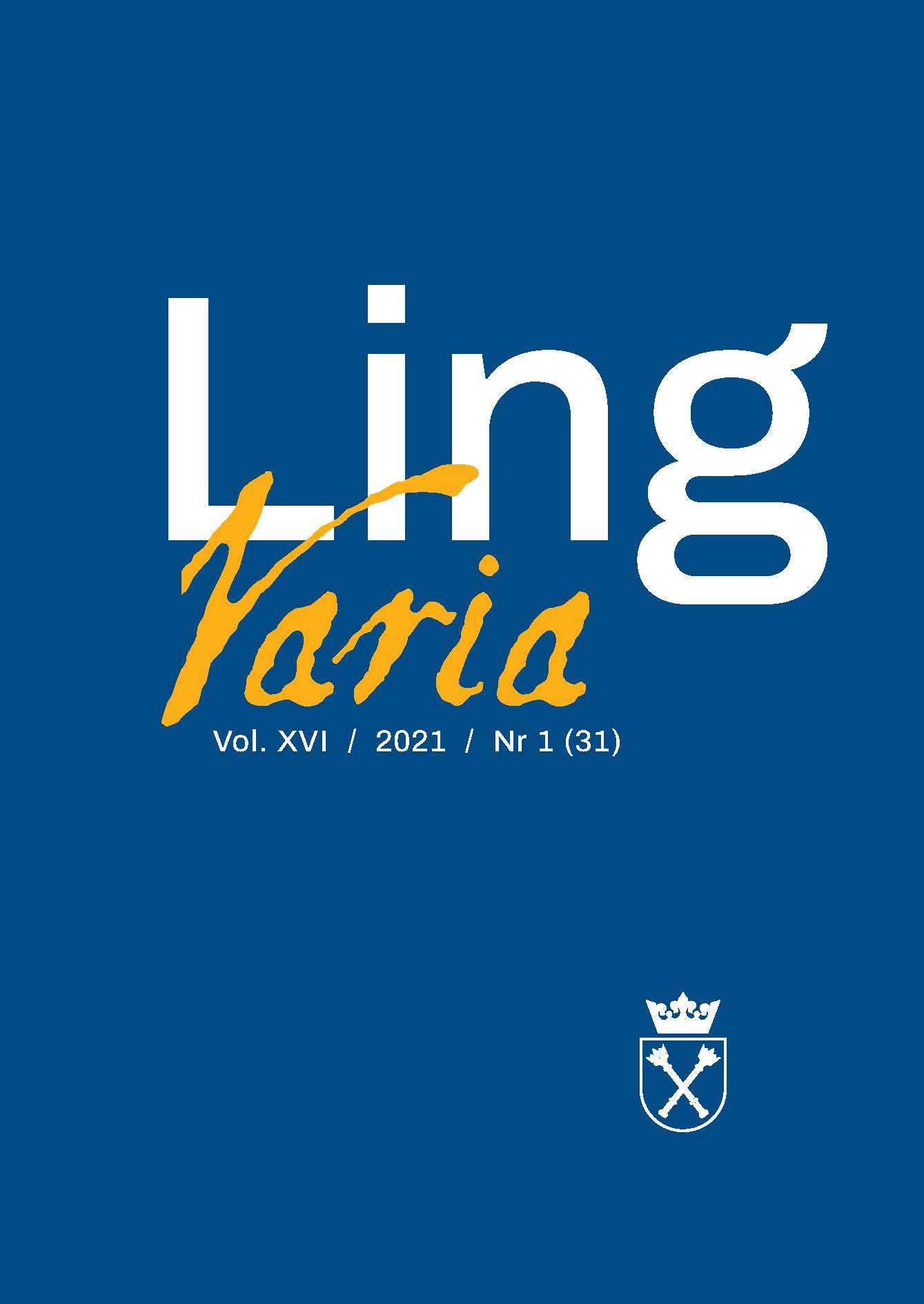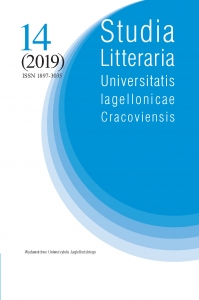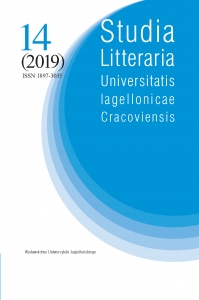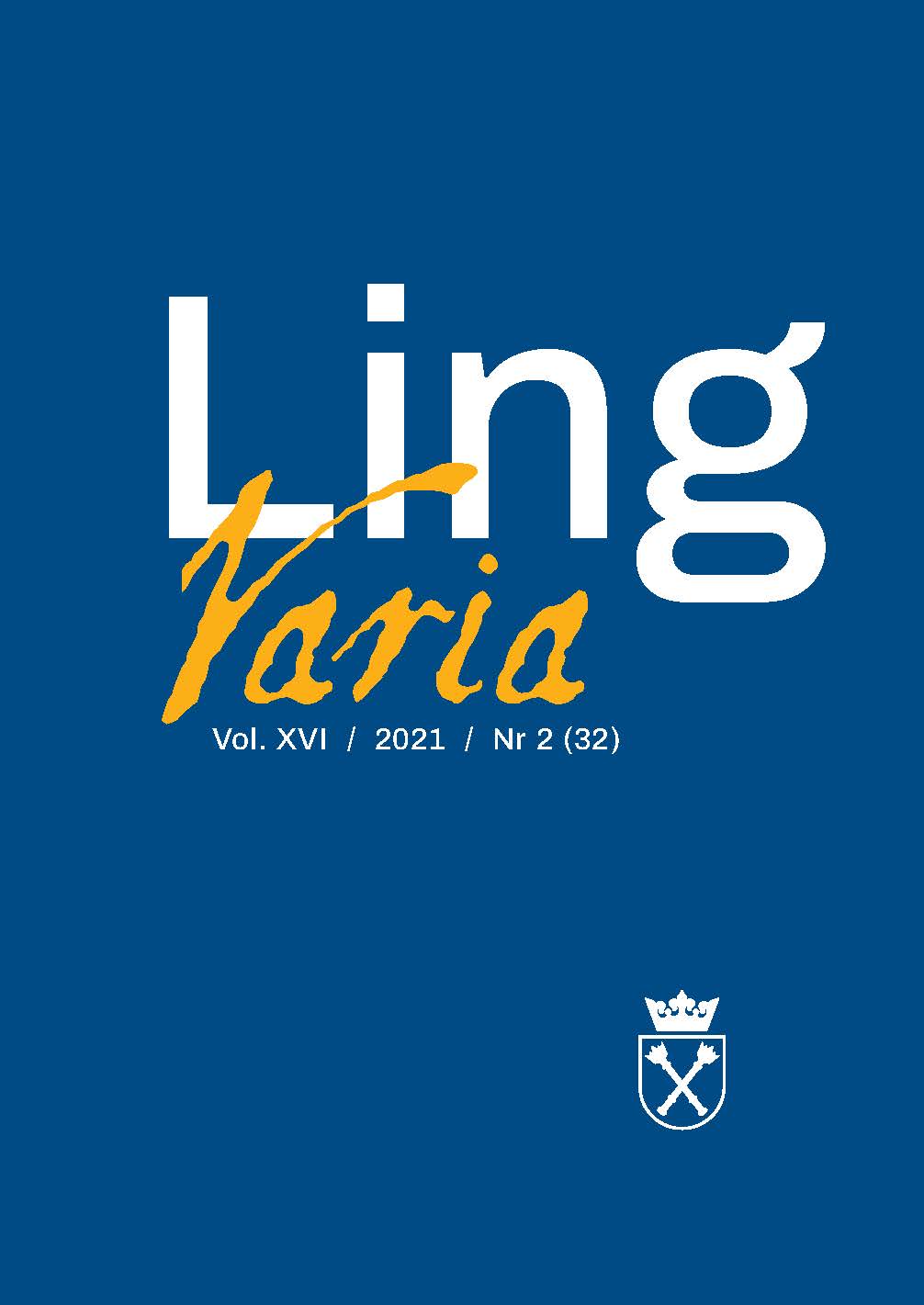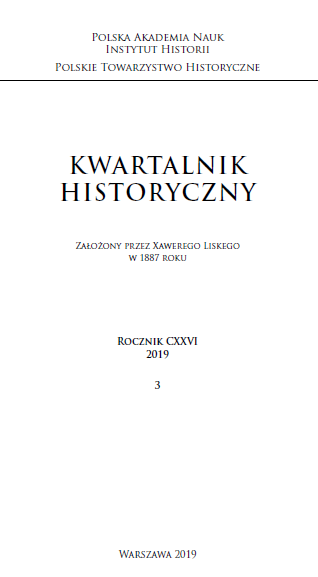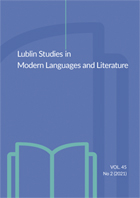
Gemeinschaftsbildung in Mediendiskursen: Sprachliche Konstitution von Gemeinschaft anhand des Diskurses um „Kapuściński non-fiction” im deutsch-polnischen Kontext
The sharing of opinions, the formation of communities of like-minded people in borderless interaction are especially significant for Internet communication. The community-building function of media offerings also comes to bear in (online) press discourses. Thus, the formation of communities through communication can take place in journalistic public spheres. Whether this is the case in the media discourse on the biography of the Polish reporter Ryszard Kapuściński (“Kapuściński nonfiction” by Artur Domosławski) will be examined in this article. In order to verify this (online) press articles will be analysed that were published both in Poland and in German-speaking countries as a reaction to Artur Domosławski’s controversial book. The primary aim is to find out whether and/or how certain collectives or communities of local, national or transnational character can be identified in a particular discourse occurring in the form of corpus texts.
More...
